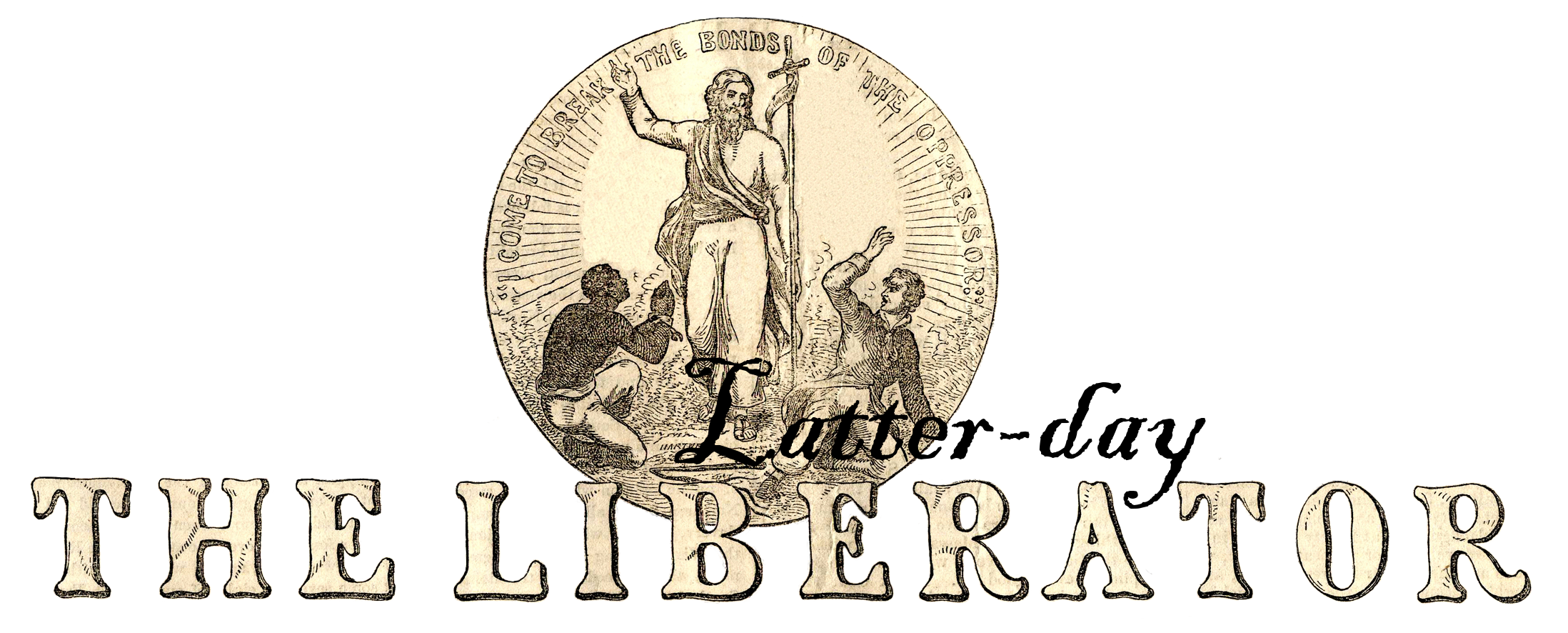It is well known within and without of Mormonism’s cultural bubble that Latter-day Saints don’t wear crosses, nor do we consider the Cross as the symbol of our faith. Why this is will have to wait for another time. This Holy Week I instead want to explore the symbol of the Cross not in our society but in our theology. Unlike our discourse, every book of LDS scripture is awash with the symbol of the Cross and the Suffering Savior, the Crucified Christ, as the symbol of discipleship and the focus of faith. What do the scriptures have to say about the symbol of the Christ and what does it mean for what we believe and how we should teach about the Atonement of Jesus Christ? What does it mean for our Christianity? How should Latter-day Saints look at the Cross, especially as we go into the Paschal/Easter season? This is what I explore in today’s article as I prepare my heart and mind for celebrating the Crucifixion and Resurrection of Christ the Lord.
Tag: The First Apology
Nonviolence In Christianity And The Apostasy From Peace: The Complete Series
In the series of articles gathered herein I accomplished three things.
First, I demonstrated the historic fact of Christian nonviolence by examining the writings of a variety of Christian leaders over a period of 300 years. In all that time not a single Christian leader whose works have survived ever taught anything other than the complete renunciation of violence and war as a central tenet of Christianity, a commandment given by Jesus Christ.
Secondly, for my Latter-day Saint readers I showed similar teachings as taught in our modern beliefs and church leaders. The teaching of early Christian leaders on this subject are not simply applicable to our lives today, they directly relate to what we believe in such a way that our modern teaching echo and are elucidated by these ancient writings.
Thirdly, and finally, I wrote a short explanation of the loss of the truths as Christianity, in a moment of Great Apostasy, abandoned centuries of Christian truth and teaching in order to construct a false and heretical doctrine that would justify the pursuit of power, prestige, and wealth by those who claimed to be Christian but who were in fact heretics and apostates corrupting Christianity into a tool of the state.
If we hope to use the full power of Christianity to help solve the problems of the world we must reject the foundation upon which all injustice is based, violence, and return to truths that made Christianity so powerful to start with, Christ-like love, service, forgiveness, and peace.
Nonviolence in Early Christianity, Part 1
Some of the oldest and most affirmed truths in all of Christendom are that Jesus Christ commands us to love our enemies, to renounce violence, and to reject all other worldly loyalties – be they nation, empire, or people – for the Church, the Gospel, and Jesus Christ Himself. These truths can been in the writings of the earliest surviving Christian leaders and writers. What follows below is the first part in an effort to share a small sampling of these statements which I have tried to place within a rough chronological order. Hopefully they will help the reader, whether Eastern Orthodox, Roman Catholic, Lutheran, Calvinist, Pentecostal, Christian Scientist, Latter-day Saint, etc. to understand the role of what we now call nonviolence, civil disobedience, rejection of world powers -what we today call the State – and loving and serving your enemy as central beliefs in the long history of true Christianity, ancient and modern.
